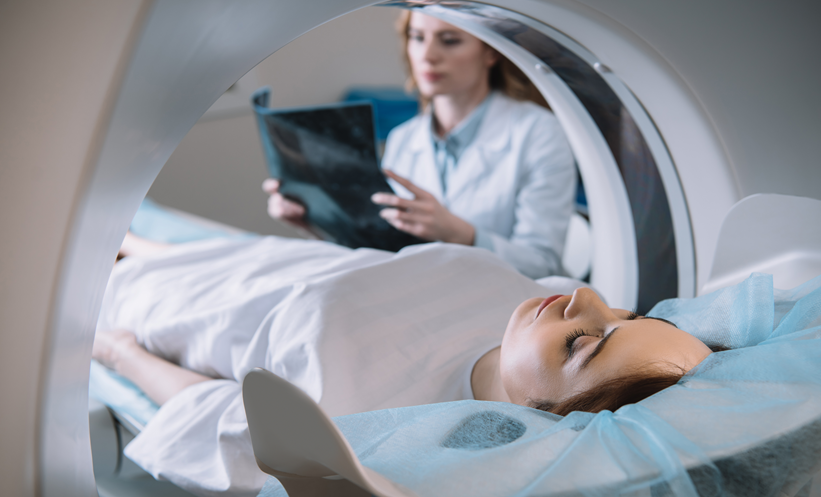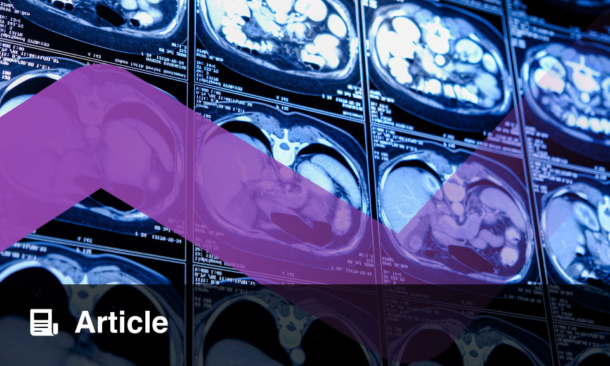PATHOLOGIC complete response (pCR) was accurately predicted by post-treatment MRI in patients with early triple-negative breast cancer (TNBC) who received neoadjuvant chemoimmunotherapy (NACI). The predictive accuracy of post-treatment MRI was previously unexplored, but new research has demonstrated a low false-discovery rate.
Researchers carried out a prospective multicentre study from August 2021 to June 2024, at Institut Curie, Institut Godinot, and Institut Oscar Lambret. They analysed post-NACI dynamic contrast-enhanced MRI scans from multiple vendors, and evaluated radiologic complete response (rCR) to predict pCR. rCR was defined as no enhancement in the tumour bed. They then developed a multivariable logistic regression model that incorporated rCR, nodal involvement, and Ki-67 index.
In total, there were 175 females in the training set and 84 females in the external test set. rCR on MRI was a predictor of pCR, with an area under the receiver operating characteristic curve (AUC) of 0.83 (95% CI: 0.75–0.92). When rCR was combined with nodal status and Ki-67 levels, the predictive model achieved an AUC of 0.88 (95% CI: 0.81–0.96) in the test set. Among node-negative patients with Ki-67 expression over 30%, the false-discovery rate of rCR was 3.6% (two of 56) in the training set and 3.5% (one of 29) in the test set, with the rCR false-discovery rate defined as the proportion of rCR cases where pCR was not achieved or residual disease was missed on breast MRI. These cases were all residual cancer burden I. For patients without rCR, a model achieved an AUC of 0.80 (95% CI: 0.69–0.90).
The findings suggest that post-treatment rCR on MRI was a strong predictor of pCR in patients with TNBC undergoing NACI.
Reference
Ramtohul T et al. Posttreatment MRI to predict pathologic complete response of triple-negative breast cancer to neoadjuvant chemoimmunotherapy. Radiology. 2025;316(1):e243824.








